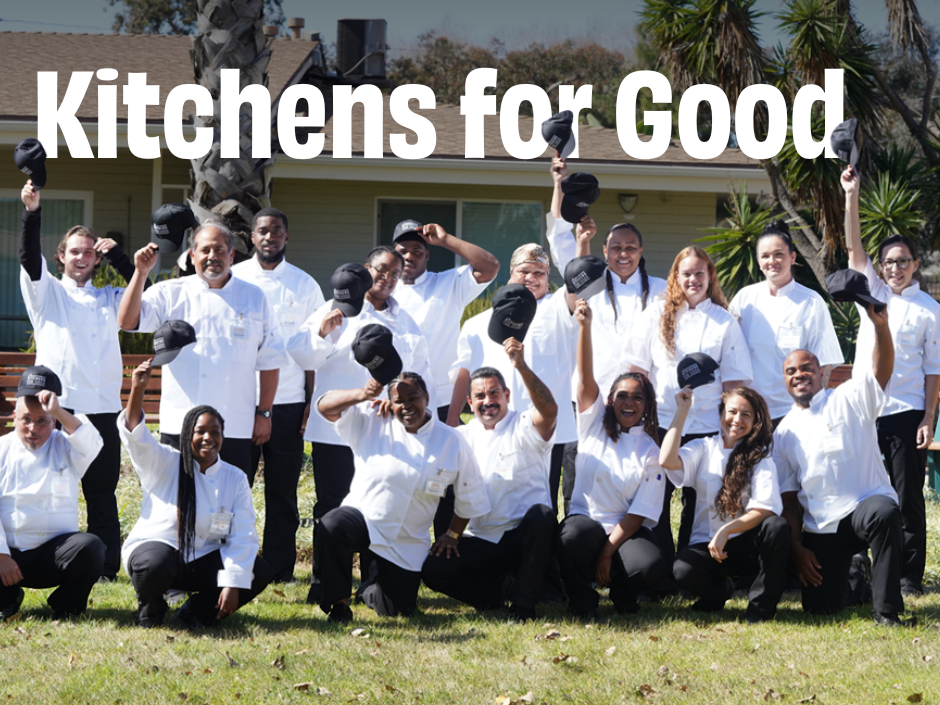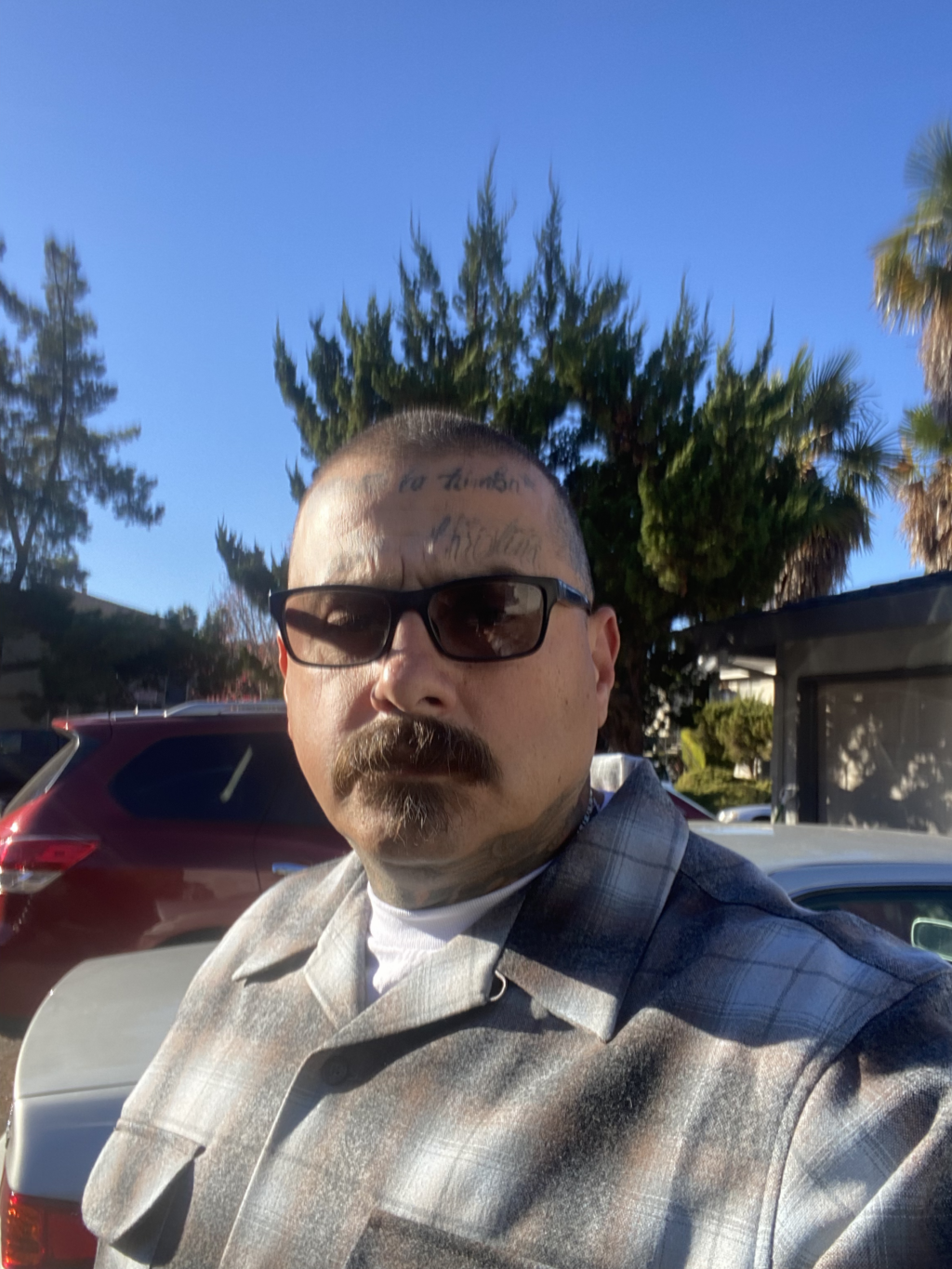Written by: Carrie McKellogg, CEO, REDF Impact Investing Fund
On the day Alabama executed a man using nitrogen gas (and a mask out of Oppenheimer), I looked to my right at the Governor’s shiny white palace the state pays to power wash every year (while 22% of children in Alabama lived in poverty in 2022), and to my left at the gaudy metal fountain stamped over the auction block at our country’s largest former slave market.
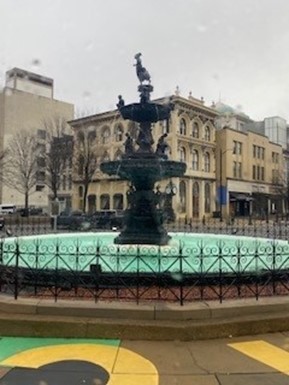 The sound of the fountain wasn’t tranquil and calm, it was a gurgle and a reminder of the hundreds of enslaved people who had been trafficked to that place daily, for decades, and of all of the horror we know awaited them before and after they stepped on that block.
The sound of the fountain wasn’t tranquil and calm, it was a gurgle and a reminder of the hundreds of enslaved people who had been trafficked to that place daily, for decades, and of all of the horror we know awaited them before and after they stepped on that block.
I came to Montgomery to make good on a promise (more on that below) and to represent REDF Impact Investing Fund as we gathered with like-minded impact investors to roll up our sleeves on loan terms and capital stacks at the invitation of the Social Investments team of the Annie E. Casey Foundation. I hoped we could creatively structure our way out of the access-to-capital gap, especially for Black and Brown entrepreneurs who, the data tell us, have not enjoyed access. As I learned, it’s not just about the loan terms.
Our hosts Darren Dodson and Jenna Nicholas, and the brilliant team at Impact Experience, brought us to Montgomery to experience the National Memorial for Peace and Justice and the Legacy Museum to show, not tell, how our country terrorized some if its citizens not so long ago, how lynchings were a byproduct of enslaving Africans and their American descendants, and why as investors we need to know this history. So here goes.
About that promise. It was made to a group of people who were designing a garden in Lancaster, CA and as they described it, had already pulled the weeds in their heads and hearts and done the internal gardening to gain insight and build something new. They wanted it to be (in their words): uplifting and meditative, elicit self-reflection, humor, and a feeling of being transported, taken elsewhere. They wanted it to remind them of being embraced. 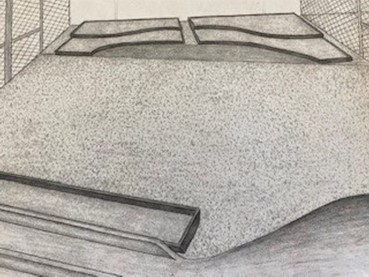 They gave me this detailed sketch of their garden and asked me not to forget about them. The gardeners were men incarcerated and facing LWOP (Life Without Parole) in a California state prison.
They gave me this detailed sketch of their garden and asked me not to forget about them. The gardeners were men incarcerated and facing LWOP (Life Without Parole) in a California state prison.
I brought that pencil sketch to Montgomery to show what inspires my work. My feelings about incarceration, victims, perpetrators, and systems are still sometimes at odds, but now having met so many people who have been justice-impacted and who are today rebuilding their lives and creating good in their communities, I know that mass incarceration and all of the debris it scatters in the United States is a system inextricably tied to that gaudy fountain. Who is incarcerated, how they ended up there and what systems actively tipped the scales in their lives and communities is a direct outcome of our history of enslaving other human beings. I was never taught this in finance (and acknowledge I am woefully late to understanding this history); now it forces me to critically examine the origin of many of the financial products that we as lenders use today.
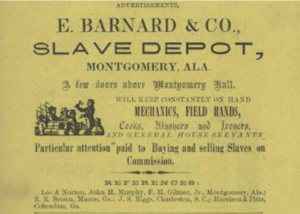 What does this have to do with the finance nerds and the innovative instruments?
What does this have to do with the finance nerds and the innovative instruments?
What took some time to sink in was that the modern-day finance system of which I am a willing participant, with decision rights over an increasing amount of capital, did some of its most creative structuring with people who were enslaved and the economy they supported. Despite documented evidence of how enslaved people were used as mobile collateral against loans, our lending today also requires liens on assets…of people who have been incarcerated and themselves used as labor for the state or a unit of profit for a private company. I can’t unsee those connections and am uncomfortably reminded how day-to-day global finance practices are rooted in a labor market and economy of enslaved people. GAAP-compliant accounting ledgers and the P&Ls we all look at with such interest to see how an investee is doing? Derived from accounting of people enslaved. With efforts underway to erase this history and how it shows up in the financial system, my fellow capital deployers and I need to hold the uncomfortable truth about where this system is rooted. We need to de-risk our investments by building financial and social capital rather than siphoning it off.
At the same time, I see a pipeline of vibrant social entrepreneurs in Montgomery and through the employment social enterprises we lend to, who are building and sustaining businesses and creating social impact over decades. What may have begun as a survival strategy has flourished into thousands of jobs created and lives rebuilt. As a fund, we are working to bridge the gap between what entrepreneurs tell us they need to grow (patient capital, flexible terms, some expert help along the way) and what is currently a comfortable level of risk for capital providers. To do this, we need to aggressively use risk mitigants out there (especially effective ones like the state small business credit initiative) and also engage investors on how to de-risk a portfolio by investing in entrepreneurs committed to their community. We’ll collectively need to take some leaps of faith with capital attached to them and show some successes along the way. It’s probably going to mean some uncomfortable conversations with potential investors as we talk about what it really takes to increase access to capital for entrepreneurs who are right now, despite considerable headwinds, creating social impact and who we believe are creditworthy.
Take some risks, make some good trouble, and speak up. I left Montgomery in awe of the spirit to persist and innovate despite systemic and institutional obstacles, a new community of investors who shared the experience, and determined to back entrepreneurs and get capital back into the hands of people whose ancestors had theirs tied from the moment they stepped foot on that auction block.


